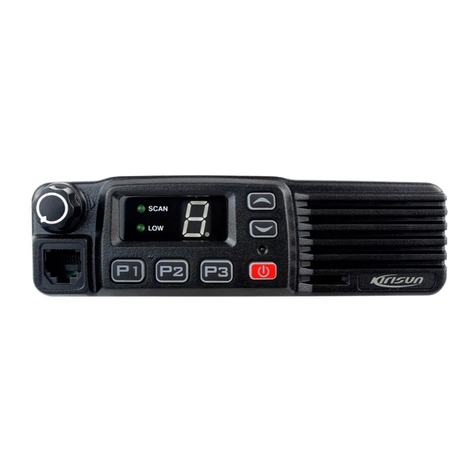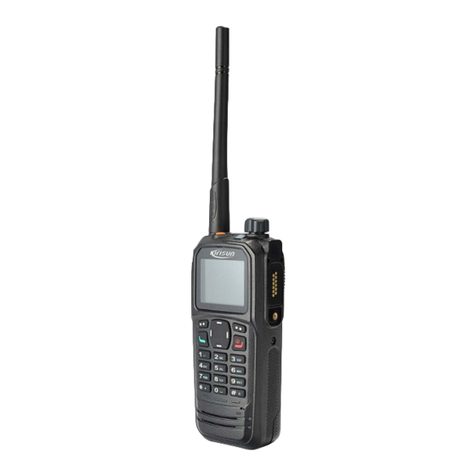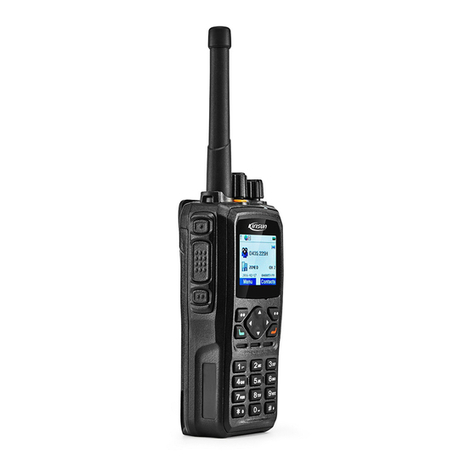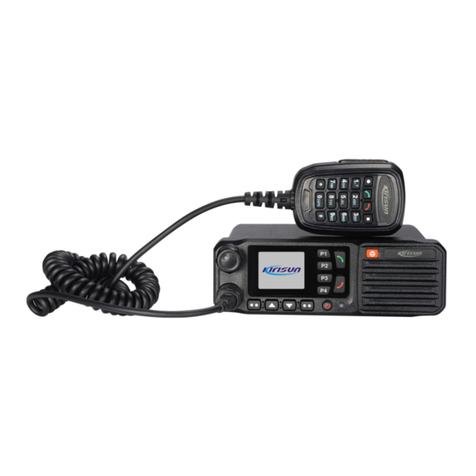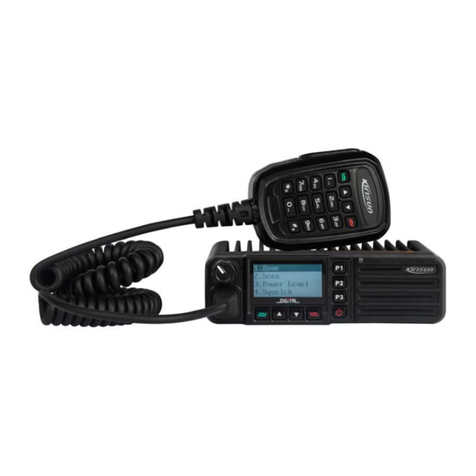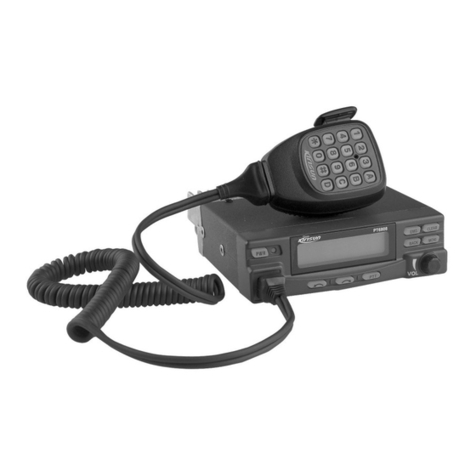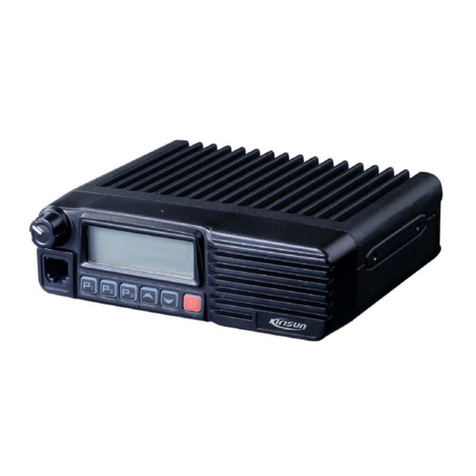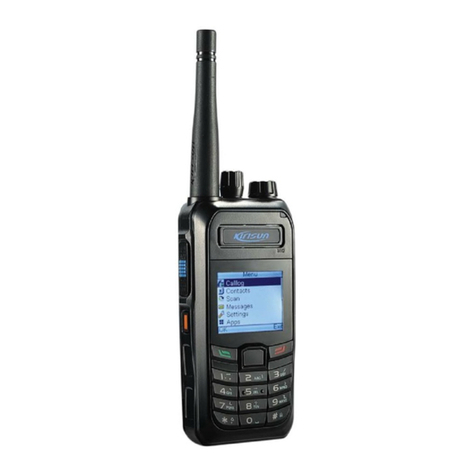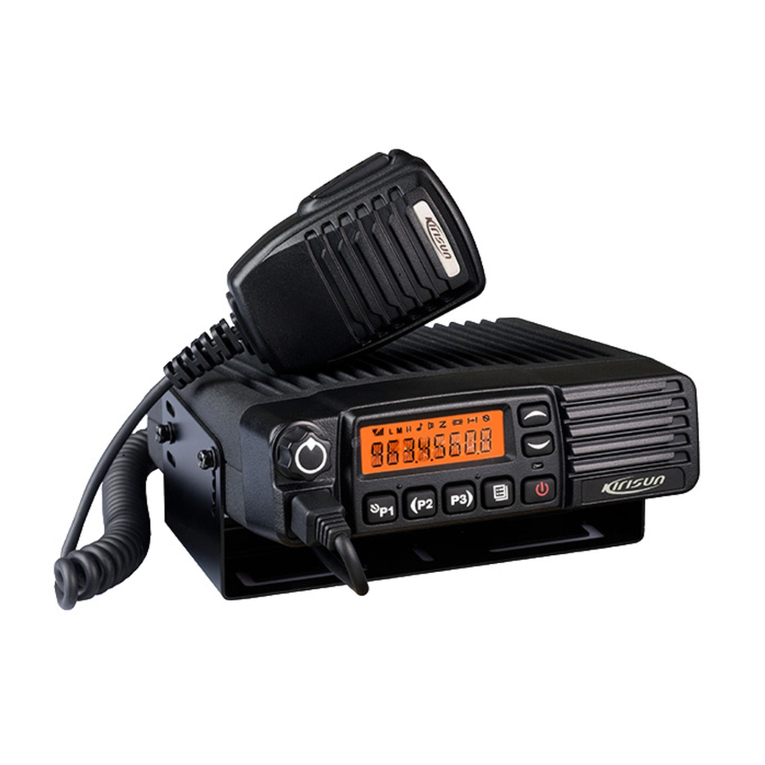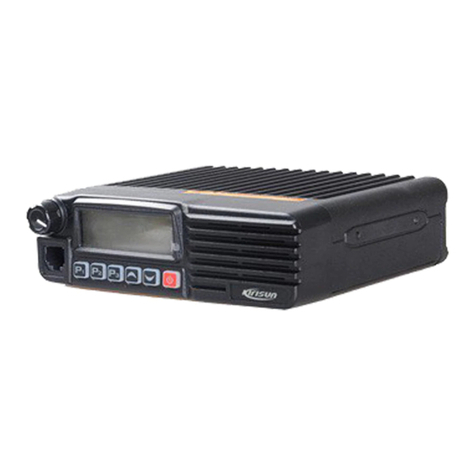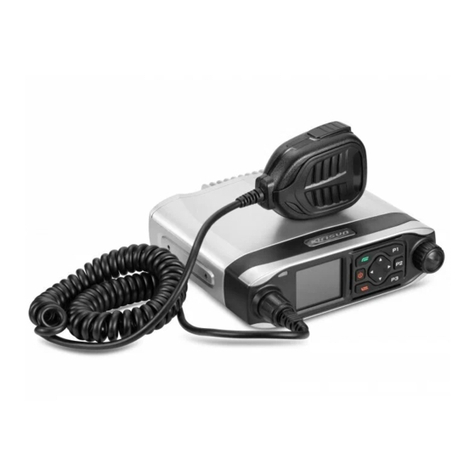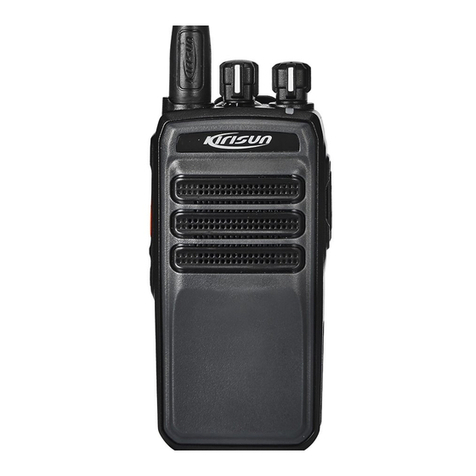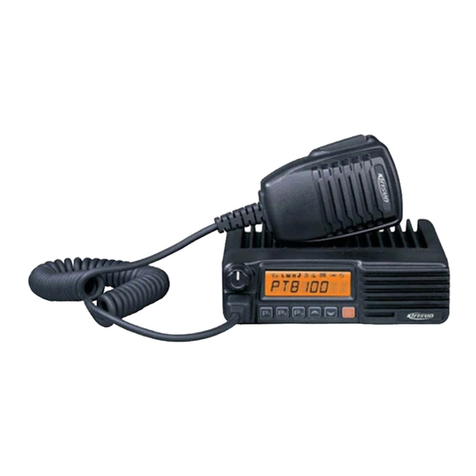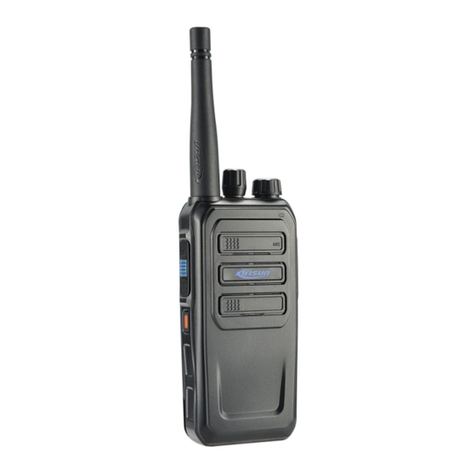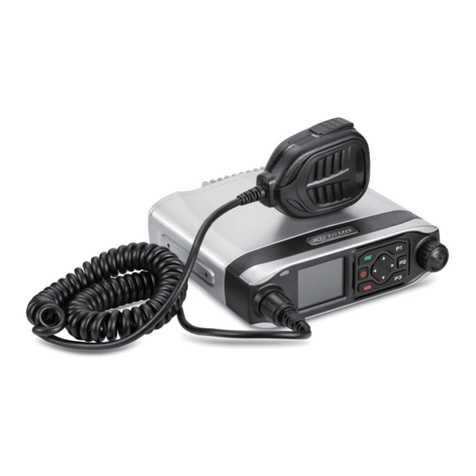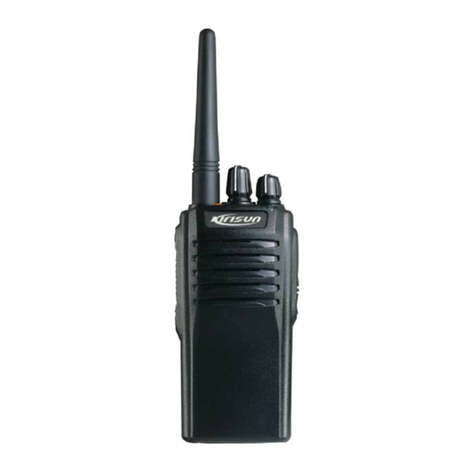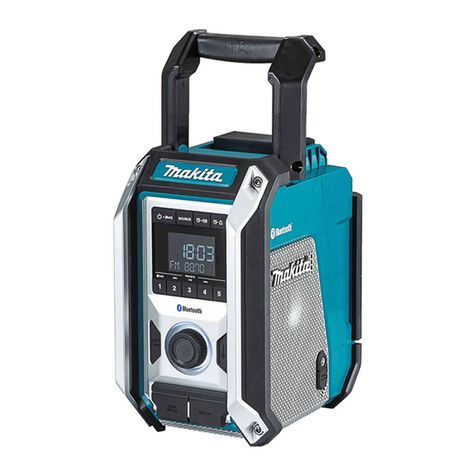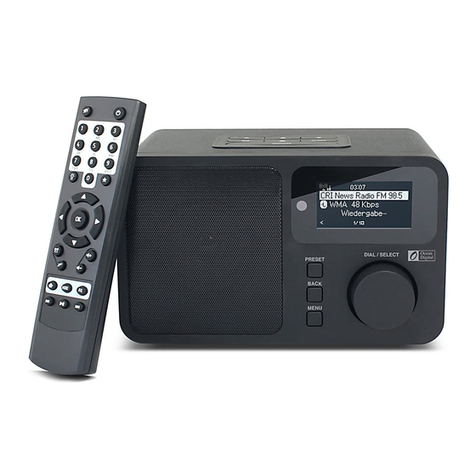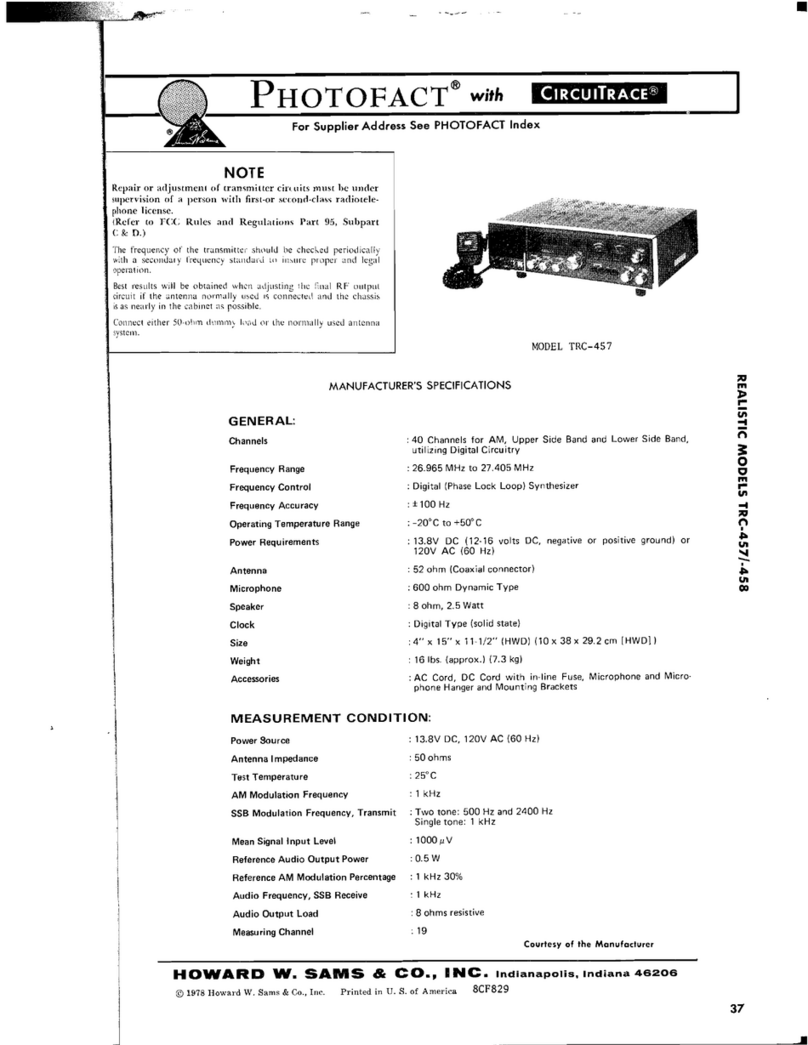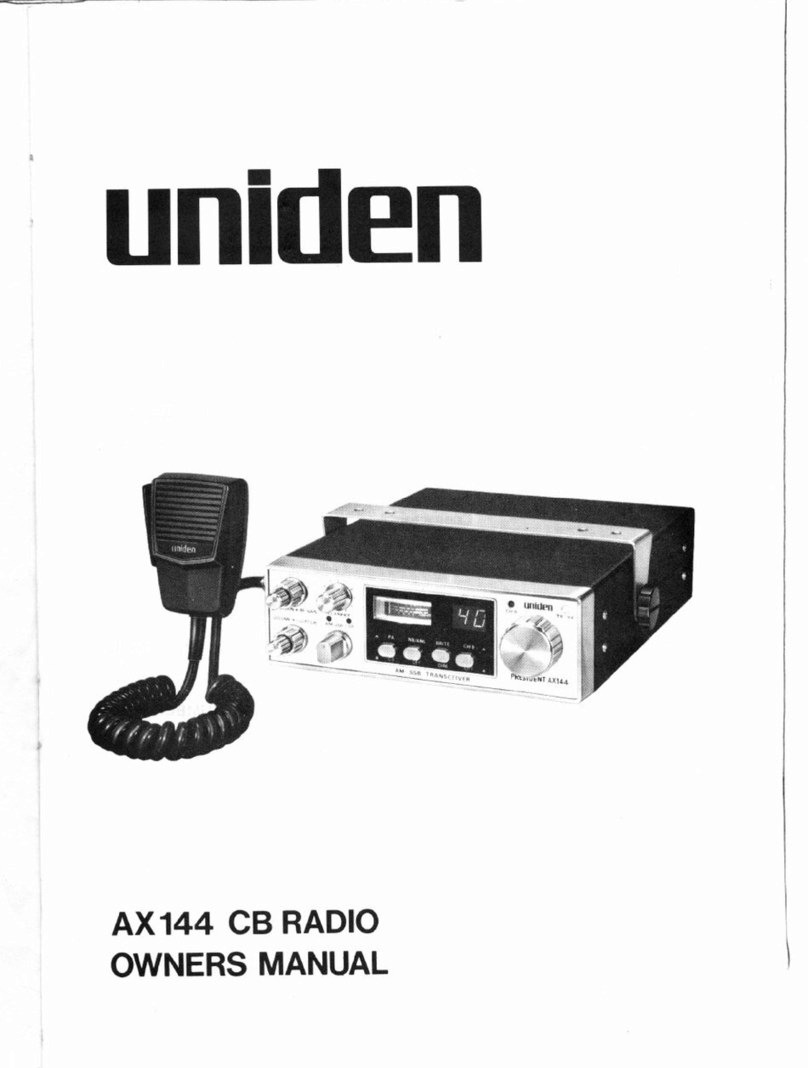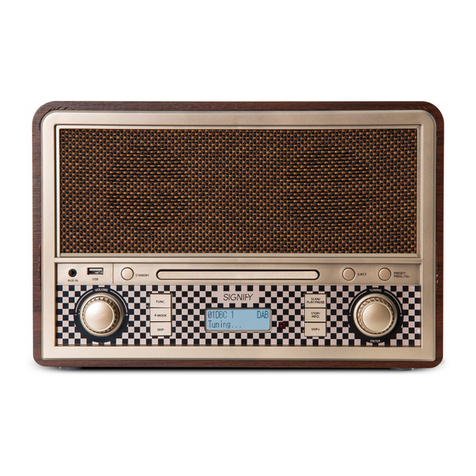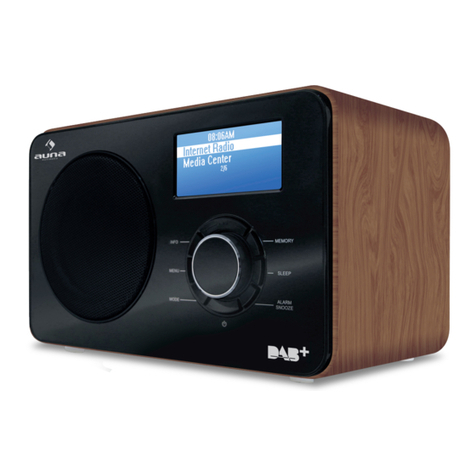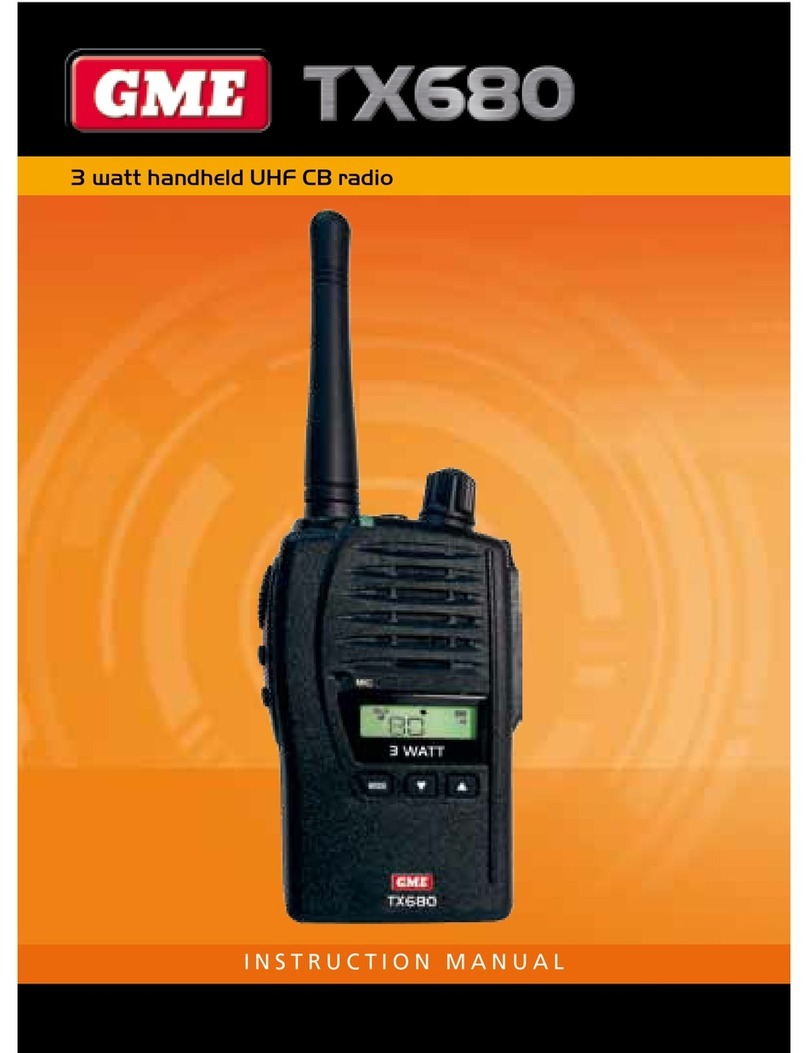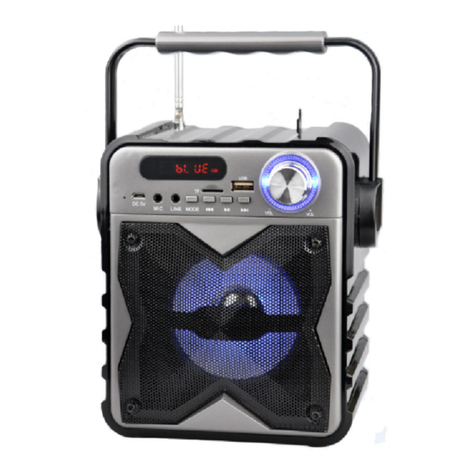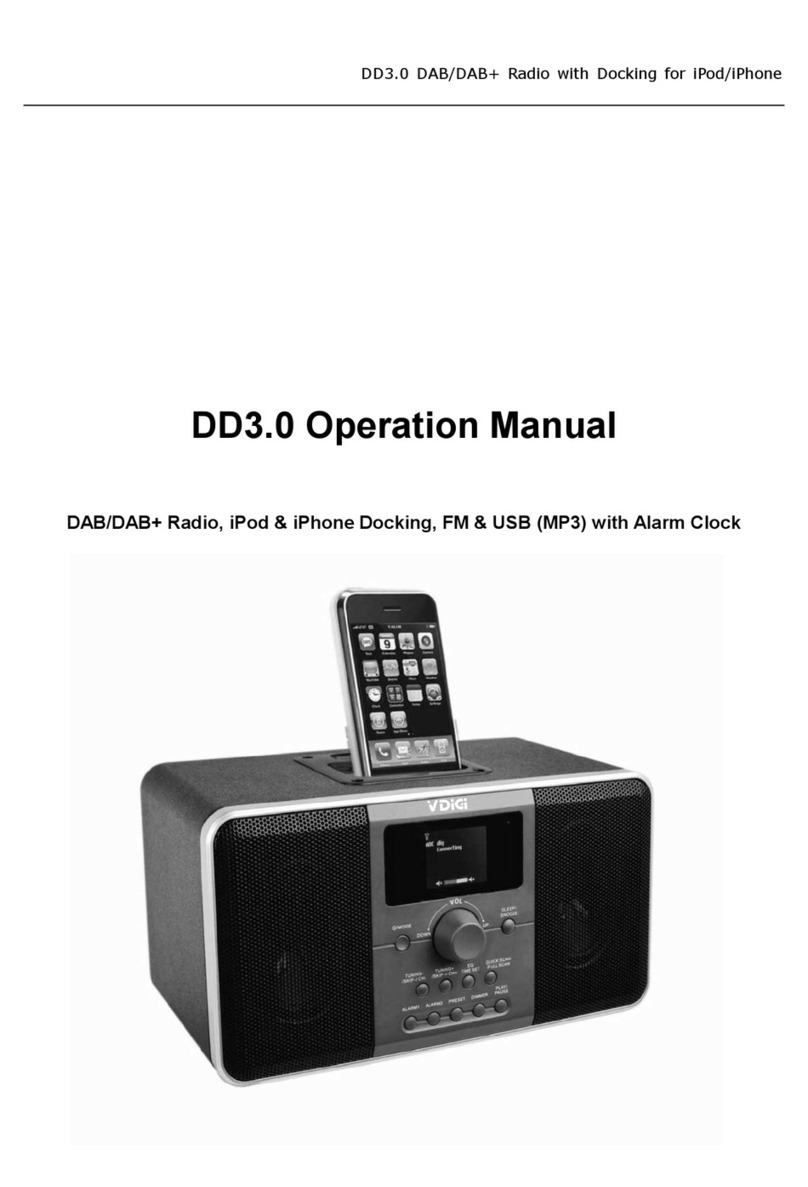TM840 Service Manual
Contents
CONTENTS .............................................................................................................................................................................II
CHAPTER 1. FOREWORD ........................................................................................................................................................1
1.1. SCOPE OF MANUAL.............................................................................................................................................................1
1.2. SAFETY PRECAUTIONS..........................................................................................................................................................1
CHAPTER 2. PRODUCT CONTROLS .......................................................................................................................................... 2
2.1 PRODUCT CONTROLS...........................................................................................................................................................2
2.2 LED INDICATOR ..................................................................................................................................................................3
CHAPTER 3. CIRCUIT DESCRIPTION......................................................................................................................................... 3
3.1 RF CIRCUIT .......................................................................................................................................................................3
3.1.1 TRANSMITTER CIRCUIT ........................................................................................................................................................4
3.1.2 RECEIVER CIRCUIT ..............................................................................................................................................................5
3.1.3 FREQUENCY GENERATION UNIT(FGU) ...................................................................................................................................6
3.1.4 GPS CIRCUIT.....................................................................................................................................................................7
3.2 BASEBAND SECTION ............................................................................................................................................................8
3.2.1BASEBAND SYSTEM .............................................................................................................................................................8
3.2.2 POWER SECTION ..............................................................................................................................................................10
3.2.3 AUDIO PROCESSING ..........................................................................................................................................................11
3.2.4 CONTROL PANEL ..............................................................................................................................................................12
CHAPTER 4. PC PROGRAMMING MODE ............................................................................................................................... 13
4.1 GENERAL FUNCTIONS ........................................................................................................................................................13
4.2 PC PROGRAMMING ..........................................................................................................................................................14
4.2.1 PARAMETERS SETTING STEPS...............................................................................................................................................14
4.2.2 PROGRAMMING INSTALLATION STEPS....................................................................................................................................14
CHAPTER 5. ASSEMBLE AND DISASSEMBLE INSTRUCTIONS............................................................................................... 18
5.1 REMOVING THE FRONT PANEL FROM TRANSCEIVER ..................................................................................................................18
5.2 DISASSEMBLE OF MAIN BODY ..............................................................................................................................................19
5.3 REMOVE RF PCBA ...........................................................................................................................................................19
5.4 DISASSEMBLE FRONT PANEL ................................................................................................................................................20
5.5 REMOVE PCBA FROM FRONT PANEL.....................................................................................................................................21
5.6 EXPLODE VIEW.................................................................................................................................................................23
CHAPTER 6. ADJUSTMENT.................................................................................................................................................... 27
6.1 THE REQUIRED TOOLS .......................................................................................................................................................27
6.2 FREQUENCY INSTRUCTION ..................................................................................................................................................27
6.2.1 INTRODUCTION TO TX MODULATION SECTION .......................................................................................................................29
6.2.2 INTRODUCTION TO RECEIVE SECTION....................................................................................................................................31
CHAPTER 7. MAIN TECHNICAL FUNCTIONS AND SPECIFICATIONS ........................................................................................ 33
CHAPTER 8. MAINTENANCE AND TEST EQUIPMENTS ........................................................................................................... 36
CHAPTER 9. COMMON FAULT PHENOMENON AND ELIMINATION METHOD ........................................................................ 37
II
